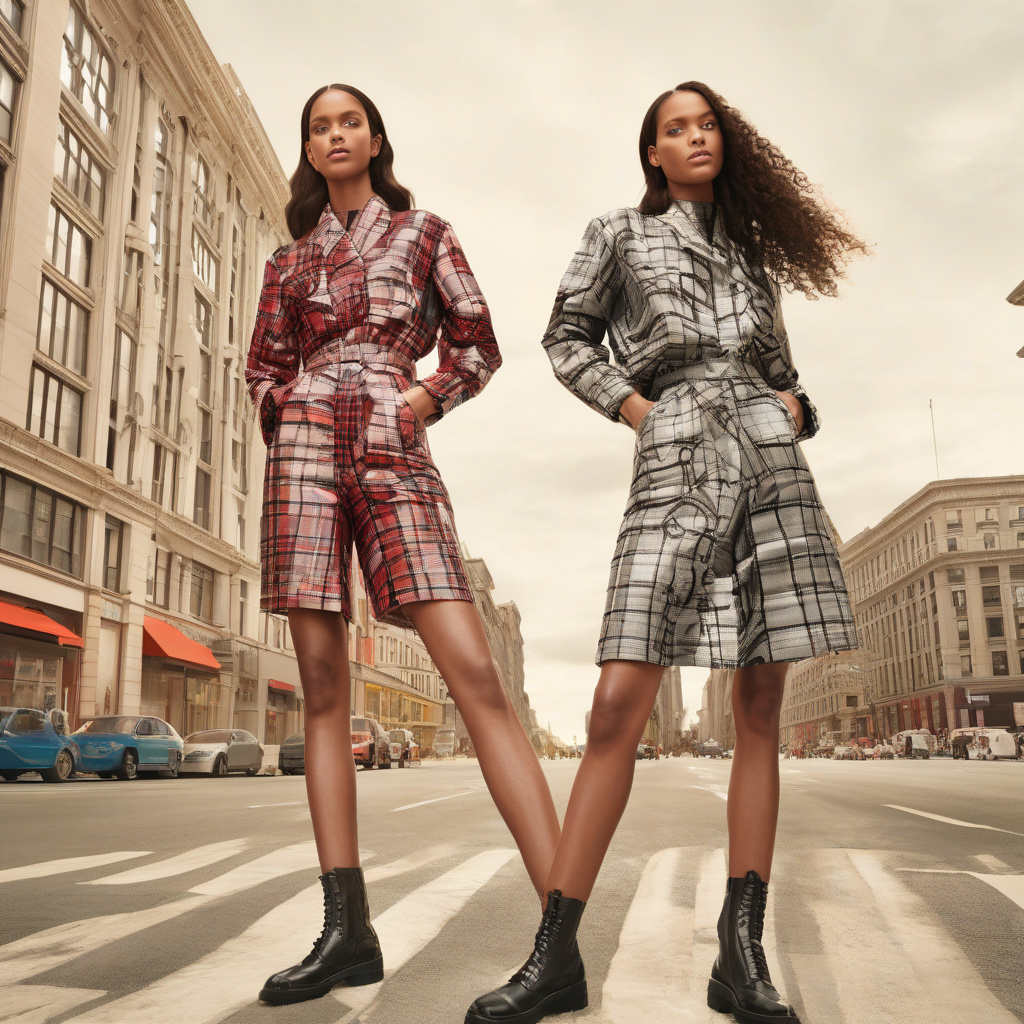H&M to Use AI-Generated Model ‘Twins’ in Marketing Campaigns: A Game-Changer or Job Threat?
H&M, the Swedish multinational clothing-retail company, is set to revolutionize its marketing campaigns by introducing AI-generated model ‘twins’. This innovative approach aims to enhance personalization and transparency in advertising, aligning with the ever-growing demand for a more inclusive and diverse representation in the fashion industry. However, this move has sparked debates and concerns within the sector regarding the potential impact on traditional roles like photographers and make-up artists.
By leveraging artificial intelligence to create digital models that mirror real customers, H&M seeks to connect with a wider audience and cater to individual preferences effectively. These AI-generated models, or ‘twins’, are designed to represent different sizes, ethnicities, and styles, offering a more authentic and relatable image for consumers. This approach not only promotes inclusivity but also streamlines the marketing process, allowing for quicker and more targeted campaigns.
While the concept of AI-generated models presents exciting possibilities for the future of marketing, it also raises questions about the potential consequences for human roles in the industry. Concerns have been voiced about the displacement of photographers, make-up artists, and other creative professionals who are traditionally involved in photoshoots and campaign production. As AI technology advances, there is a valid apprehension about job losses and the automation of tasks that have long relied on human expertise and creativity.
The fashion industry, known for its creativity and visual storytelling, thrives on the talent and artistry of individuals behind the scenes. Photographers capture moments, make-up artists enhance beauty, and stylists curate looks that resonate with audiences. The introduction of AI-generated models challenges this established paradigm, suggesting a shift towards a more automated and algorithm-driven approach to content creation. While this may offer efficiency and cost-effectiveness for brands like H&M, it also poses a threat to the livelihoods of skilled professionals who contribute to the industry’s vibrancy.
Amidst these debates, it is essential for companies like H&M to address the ethical and social implications of integrating AI technology into their marketing strategies. Transparency in disclosing the use of AI-generated models and ensuring that real human talent is not undervalued or replaced is crucial. Collaborative efforts that combine the benefits of technology with the creativity of human professionals can lead to a more sustainable and innovative fashion industry.
As the fashion landscape continues to evolve, striking a balance between technological advancement and human creativity is key to navigating these changes. While AI-generated models offer new possibilities for personalization and representation, it is essential to consider the broader impact on employment and industry dynamics. By embracing innovation responsibly and valuing the contributions of both technology and human expertise, brands like H&M can shape a future where creativity and technology coexist harmoniously in the world of fashion marketing.
#FashionTech, #AIinMarketing, #FashionIndustry, #EthicalAI, #CreativityVersusTechnology
